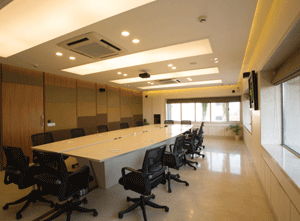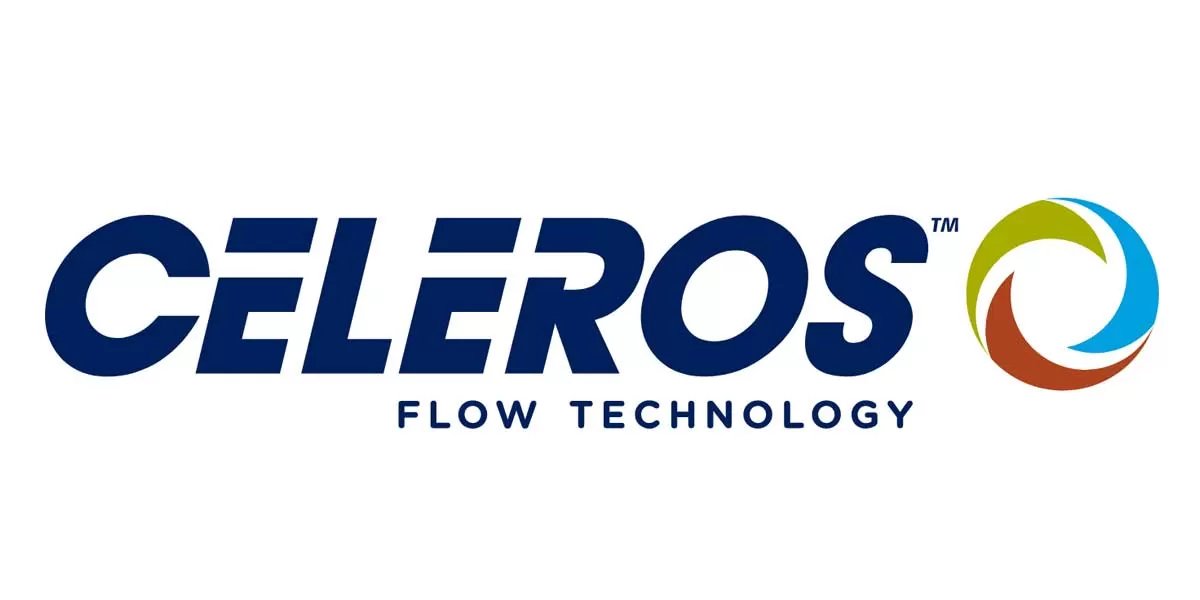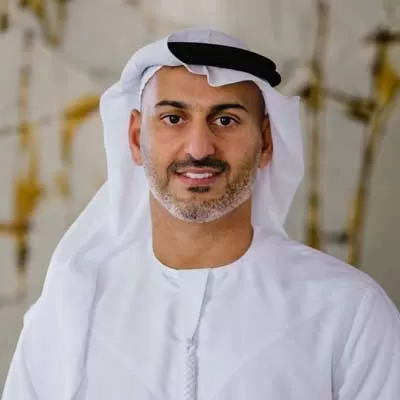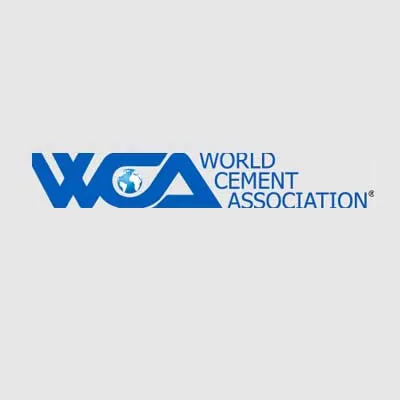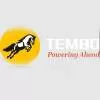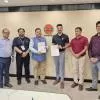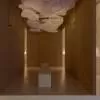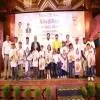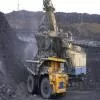The Surat-based Shairu Gems Factory is the first and only diamond factory in India to have achieved the LEED Gold certification.
The Shairu Gems Factory was built to shine bright - with minimal effect on the environment. ¨When one creates a new building, which involves stages like design, construction and O&M, it is the environment and nature that pay the price,¨ says Siddharth Mehta, Director, Shairu Gems. ¨Hence, we need to do what best can be done to minimise the impact of our activities.¨ And that´s exactly what has been achieved by the Shairu Gems Factory.
Design
For starters, the six storied building is designed with a service block on the west side of the working area, thereby avoiding direct sunlight and heat to the working area resulting in minimising energy consumption for air-conditioning.
The maximum surface of the building´s eastern side has a green breathing fatade (naturally growing creepers), reducing heat gain in the day. Good construction waste management practices have been adopted with a 3-R strategy - ´reducing´ waste (saving 95 per cent of construction waste), ´reuse´ (saving 5.91 per cent of virgin materials) and ´recycling´ content up to 10 per cent.
There´s much more. ¨The floor planning has been worked upon to achieve a remarkable area ratio of 25 per cent for services or circulation to 75 per cent for working space, thereby making it very efficient compared to similar buildings,¨ says Snehal Shah, Partner, ESSTEAM & Urban Initiatives. ¨The floor height of 13´-0¨ for each working floor completely eliminates the floor space requirement for Air Handling Unit (AHU) room, thereby adding extra space to the working area, eventually benefiting the business.¨
Energy conservation
Energy being one of the major aspects in use for the factory, its conservation was the main objective of the plan. Some steps taken in this regard include building a 200-mm, fly-ash-based concrete block of U-value of 0.18 Btu/hrft2oF, a concrete roof with 20-mm PUF under deck insulation of U-value 0.16 Btu/hrft2oF, and glazing of SHGC 0.43. For a green project, the lower the U-value, the higher the level of insulation. (The U-value predicts the composite behaviour of the entire building rather than the properties of the individual materials involved.) ¨We have installed a solar photovoltaic (PV) system of 25 kwp capacity to generate about 1.4 lakh units annually,¨ says Shah. ¨Moreover, the measurement and verification plan has been developed on the principles of Efficiency Valuation Organization (EVO), USA.¨ (The EVO system monitors the efficient use of natural resources and utilises end-use efficiency as a viable alternative to supply options.)
Water conservation
The project has installed a sewage treatment plant (STP) of 100 kld capacity with a working principle of sequential batch reactors (SBR) technology with treatment to tertiary standards.
The project could achieve 70 per cent reduction in potable water used for flushing and cooling, and 100 per cent for irrigation. The design has achieved a saving of 17.81 per cent compared to the baseline building prescribed in ASHRAE 90.1-2004. These two aspects, according to Selvarasu M, Director, Lead Consultancy and Engineering Services (India) Pvt Ltd, are the USP of the project. Moreover, the project has encompassed two rainwater harvesting pits with a storage capacity of 11.30 cu m, connected to a storage tank with a capacity of 90,000 litre. This recycled water is used for drinking and the in-house fire-fighting system.
Indoor air quality
With the aim to ensure the health and well-being of its employees, steps were taken to maintain good indoor air quality adhering to Sheet Metal and Air-Conditioning Contractors´ National Association (SMACNA) guidelines.
This also includes the installation of a demand control ventilation system that senses the CO2 level and accordingly allows fresh air inside. ¿For this project, 30-per cent enhanced ventilation has been provided to densely occupied spaces,¨ says Selvarasu. Moreover, the entire premise of the factory is a no-smoking zone.
Materials used
For this project, materials with maximum possible recycled content like fly-ash-based bricks, Portland Pozzolana Cement (PPC), etc, were used. Moreover, to boost the local economy and reduce emissions owing to transportation, maximum local materials were procured within 800 km of the site. ¨The vendors were selected through an IGBC-guided mechanism like the Green Directory,¨ shares Shah.
Additional features
The project has a few more upcoming green features under consideration. These include enhancing the share of in-house solar generation by augmenting the capacity of the solar PV system; adopting off-site generation options like the installation of a windmill in potential areas and use of the same through wheeling (it feeds the wind power to the grid); and, last, purchase of ´green power´. ¨Green power would be either a Renewable Energy Certificate (REC) or transfer from the windmill system to the grid,¨ states Selvarasu.
The management also plans to get employees onto the green wagon by offering financial incentives to promote car and van pooling and encouraging the use of public transportation to work.
Post-construction maintenance
The company also carries out a periodic survey among occupants to seek feedback about indoor air quality and comfort maintained inside the premises. Based on this survey, the maintenance team takes necessary actions to resolve any issues immediately. Similarly, the meters installed keep a check on energy and water consumption.
¨We have installed an integrated building management system (IBMS) to monitor the performance and operation of the energy and water consumption systems,¨ says Shah. ¨The project has been analysed using hourly energy simulation software to explore opportunities for energy saving and enhance the thermal comfort of occupants.¨
In sum, the complete project entailed an additional 4-per cent incremental cost to the conventional cost of the project, which included the basic green features installed during the construction. The good news: the payback period is expected to be just about four years.
Recycling 100,000 litre of wastewater per day
Greywater, the Mumbai-based specialised technology company for sewage and wastewater treatment, has installed a 100 KLD GREWA-R based STP at the gems factory of Shairu Gems Diamonds. Arun Dubey, Director, Greywater, says, ¨Our next generation GREWA-R STP treats and recycles 100,000 litre of wastewater per day. The treated water is used for HVAC makeup, landscaping and common area cleaning. We feel extremely proud to be associated with such a socially responsible and progressive client and it gives us immense satisfaction to have enabled Shairu Gems in their efforts to be environment-friendly.¨ To This, Atul Mehta, Technical Head, SGDPL, adds, ¨Greywater´s STP has been running over a year now at our facility in Surat. It is an integral part of our energy-efficient and environmentally sustainable design.¨ GREWA-R offers a nutrient removal feature, which not only helps in effectively processing nutrient rich wastewater from commercial complexes such as Shairu Gem´s factory but also extends the storage life of recycled water.
Project Details
Project: Shairu Gems Diamond Factory, Surat
Client: Shairu Gems Group
Plot area: 2,350 sq m
Landscape area: 180 sq m
Completion: March 2013
Landscape consultant: Earthscape
Consultancy Pvt Ltd. Tel: 079-4032 3308.
E-mail: ahmedabad@earthscapes.in
HVAC consultant/ Green consultant:
Lead Consultancy and Engg Services Pvt Ltd,
Bengaluru. Tel: 080-4298 0111.
E-mail: info@lcsindia.org
Air-conditioning: Purvi Engineers.
Tel: 0261-2732 4719/273 1747.
Electrical and Plumbing consultant:
Lead Consultancy and Engg Services Pvt Ltd.
Lights: Crony Electricals.
Tel: 0261-289 7788.
